|
Mozambique Tilapia (Oreochromis mossambicus) |
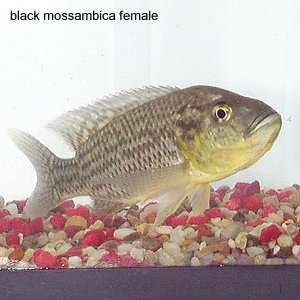 |
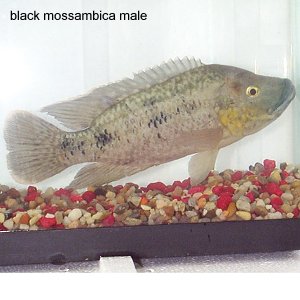 |
| Thanks to Mike Sipe for pictures | |
| Oreochromis mossambicus
is one of the main farmed species of tilapia. It is now increasingly used
as an F1 hybrid, where
crosses with O. hornorum result in nearly 100% male offspring.
This is a very desirable trait as mixed populations of tilapia breed
profusely and perform poorly as a result. The development of coloured strains
of O. mossambicus (see pictures below for orange
mossambicus and red mossambicus) has enabled cross checking of the breeding
program. All fish resulting from the crossing of an orange mossambicus
and a grey hornorum, are copper coloured. The appearance of any
orange or grey fish in the stock means that the parent fish were
incorrectly sexed and the offspring are not necessarily all male.
The process of all male production involves using a female mossambicus and a male hornorum. The mossambicus posses XX chromosomes and the hornorum male, ZZ chromosomes. As the Z chromosome exerts a dominance over the X, the resulting offspring are all ZX i.e. male. |
|
| Coloured strains of O. mossambicus | |
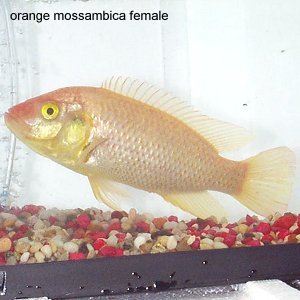 |
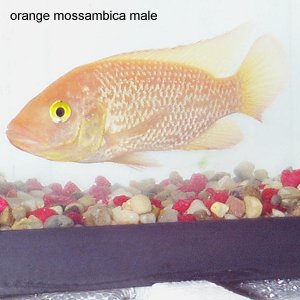 |
| Orange O. mossambicus - Thanks to Mike Sipe for pictures | |
| The coloured strains of mossambicus have enabled tilapia to be marketed in many areas where, in it's natural colour form it would not be acceptable. The bright colours are perceived by many consumers as the colouration of a marine fish, and therefore a desirable one to consume. this is in contrast to the natural, rather drab olive green colour, which highlights it as a freshwater fish and reduces it's market value. | |
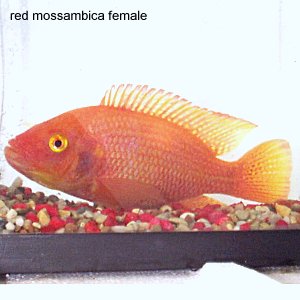 |
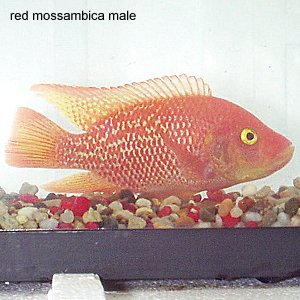 |
| Red O. mossambicus - Thanks to Mike Sipe for pictures | |